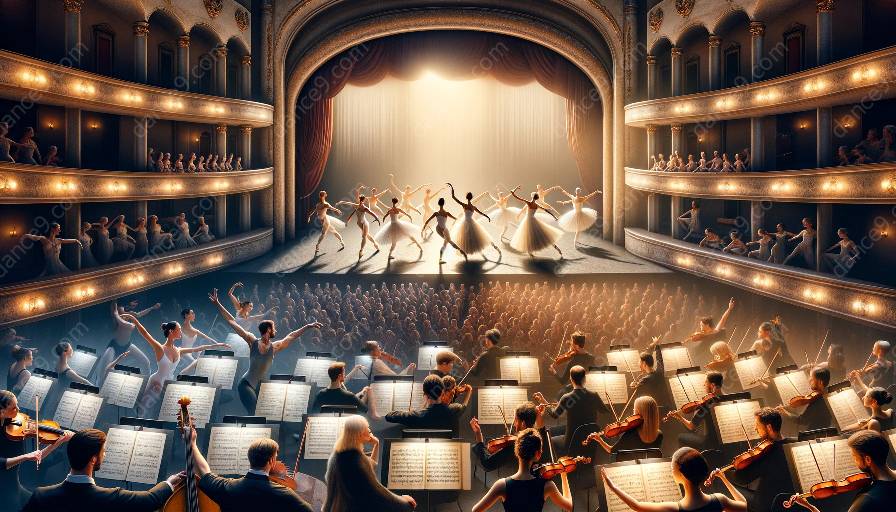Music has played a pivotal role in the art of ballet, influencing choreography and serving as a driving force behind the storytelling and emotions conveyed on stage. As advancements in music composition techniques emerged, they have significantly impacted the choreography of ballet performances, as well as the overall history and theory of ballet.
Influence of Music on Ballet
Since its inception, music has been an integral part of dance. The relationship between music and ballet is not merely complementary but rather symbiotic, with each art form enhancing and elevating the other. The right music can evoke mood, emotion, and narrative, providing a foundation for the dancers and choreographers to express themselves.
Advancements in music composition techniques have expanded the possibilities for ballet choreography. Composers began to experiment with new tonalities, rhythms, and structures, which in turn inspired choreographers to explore innovative movements and storytelling within their works.
Historical Perspective
Throughout ballet history, the evolution of music composition techniques has left a lasting mark on choreographic practices. In the Romantic era, the lush and expressive compositions of Tchaikovsky, such as 'Swan Lake' and 'The Nutcracker,' ushered in a new era of ballet choreography characterized by emotional depth and technical virtuosity. The intricate musical phrasing and dynamic shifts in the music spurred choreographers to create captivating and intricate dance sequences.
Furthermore, the advent of modernism and contemporary music composition techniques in the 20th century challenged ballet choreographers to break free from traditional forms and conventions. Composers like Stravinsky and Schoenberg introduced atonal and dissonant elements that prompted choreographers like George Balanchine to develop neoclassical and abstract movements, revolutionizing ballet choreography.
Impact on Ballet Theory
The influence of music composition techniques on ballet choreography extends to the theoretical framework of ballet. As choreographers and dancers respond to the nuances of the music, they shape and redefine the principles of ballet theory. The relationship between music and movement becomes a central focus in the training and education of ballet dancers, as they learn to interpret and embody the musical phrasing and dynamics through their physical expressions.
Conclusion
Advancements in music composition techniques have not only enriched the artistic landscape of ballet but also propelled choreographers to explore new dimensions of movement, storytelling, and emotional depth. The ongoing dialogue between music and ballet continues to inspire creativity, innovation, and evolution in both art forms, ensuring a dynamic and enduring relationship that captivates audiences worldwide.





























